Table of Contents
Dry Rub Recipes for Every Meat: Exact Measurements & Pro Tips
Whether you're grilling ribs, smoking chicken, or roasting pork, the right dry rub transforms ordinary meat into restaurant-quality results. Here are scientifically tested recipes with precise measurements for beef, chicken, pork, and fish—no guesswork needed.
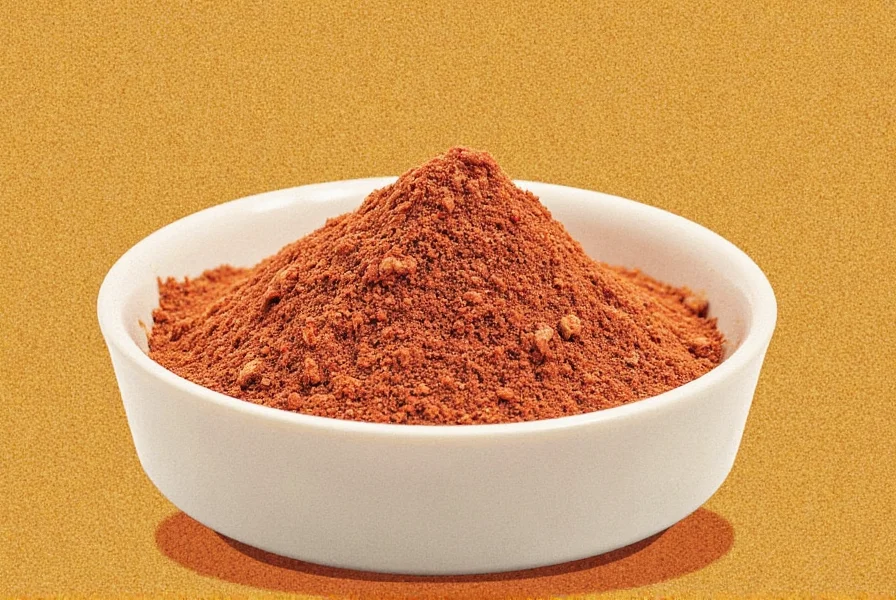
Why Dry Rubs Work Better Than Marinades
Dry rubs outperform wet marinades by creating a flavorful crust while preserving natural texture. Unlike liquid marinades that dilute flavor or cause steaming, dry rubs deliver concentrated taste and crispiness. Here's why professionals prefer them:
- Superior Crust Formation: Dry rubs create a caramelized bark on ribs or brisket that marinades cannot replicate.
- No Moisture Interference: Oil-free application prevents steam during high-heat cooking, ensuring crispy skin on chicken.
- Instant Flavor Penetration: Salt and spices begin working immediately, unlike marinades requiring hours to penetrate.
- Customizable Intensity: Adjust spice ratios for delicate fish or bold beef without altering texture.
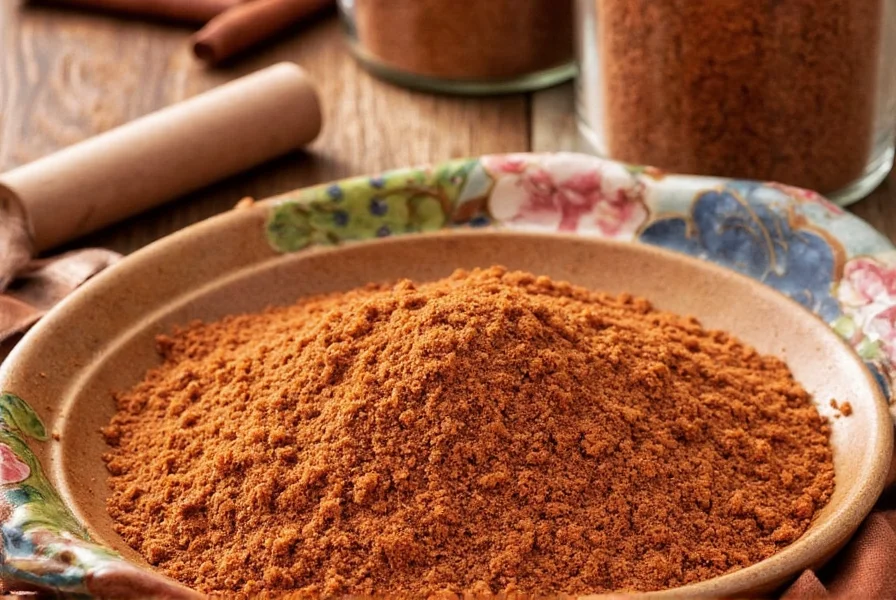
Exact Dry Rub Recipes by Meat Type
| Meat Type | Ingredients (Exact Measurements) | Application Method | Cooking Tips |
|---|---|---|---|
| Beef Ribs | 2 tbsp brown sugar, 1 tbsp smoked paprika, 1 tbsp garlic powder, 1 tsp black pepper, 1 tsp cumin, 1/2 tsp cayenne | Apply 1.5 tbsp per pound, press firmly into meat | Rest 2 hours at room temperature; smoke at 225°F for 6 hours |
| Chicken Breasts | 1 tbsp paprika, 1 tsp onion powder, 1 tsp dried thyme, 1/2 tsp salt, 1/2 tsp black pepper, 1/4 tsp lemon zest | Light coating (1 tsp per piece); avoid sugar for high heat | Cook at 400°F for 20 minutes; flip halfway for even browning |
| Pork Shoulder | 3 tbsp brown sugar, 2 tbsp paprika, 1 tbsp garlic powder, 1 tbsp onion powder, 1 tsp mustard powder, 1/2 tsp cayenne | Generous coating (2 tbsp per pound); rub into crevices | Rest overnight; slow cook at 275°F for 8-10 hours |
| Salmon Fillets | 1 tbsp lemon pepper, 1 tsp dried dill, 1/2 tsp garlic powder, 1/4 tsp salt, pinch of cayenne | Light dusting (1/2 tsp per fillet); avoid oil | Roast at 425°F for 12 minutes; serve immediately |
Pro Tips for Perfect Dry Rubs
- Spice Freshness Check: Replace spices every 6 months—old paprika loses 70% of flavor intensity. Test by smelling: if aroma is weak, replace.
- Ratio Formula: Base (salt/pepper) 50%, aromatics (garlic/onion) 30%, heat/sweetness 20%. For fish, reduce base to 40% to avoid overpowering.
- Rest Time Science: Beef/pork: 2+ hours for surface penetration; chicken: 30 minutes max (longer dries out skin); fish: cook immediately.
- Heat Adjustment: For sensitive palates, replace cayenne with smoked paprika. For BBQ competitions, add 1 tsp espresso powder to beef rubs for depth.
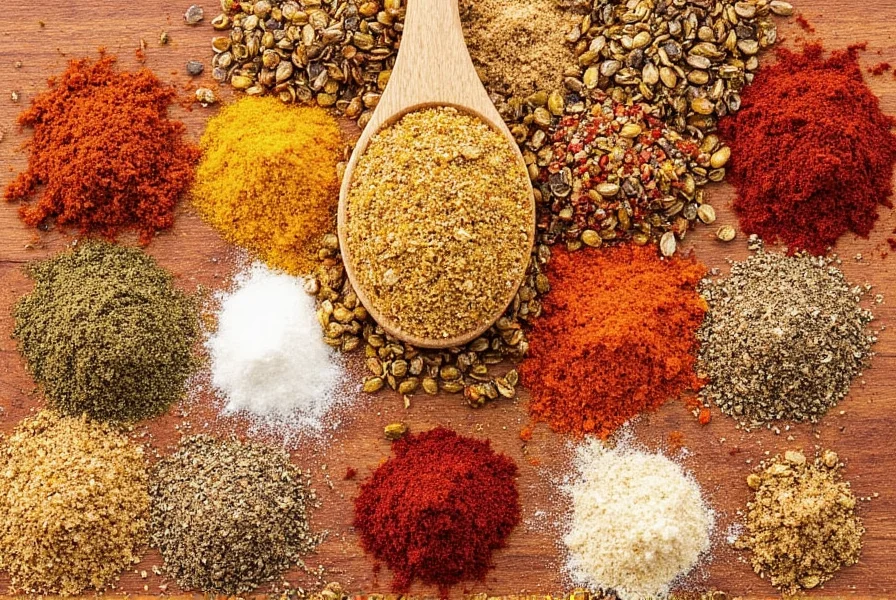
FAQs: Dry Rub Secrets Revealed
How much dry rub per pound of meat?
Beef ribs: 1.5 tbsp per pound; chicken: 1 tsp per piece; pork shoulder: 2 tbsp per pound; fish: 1/2 tsp per fillet. For delicate meats like fish, always start with less and adjust after cooking.
Can I use the same rub for different meats?
Yes, but adjust ratios: Beef handles bold spices (cumin, cayenne), chicken needs lighter herbs (thyme, lemon), pork benefits from sweetness (brown sugar), and fish requires minimal salt. Never use high-sugar rubs on fish—it causes burning.
Should I add oil before applying dry rub?
Never add oil for most meats—it creates steam and prevents crust formation. Only use 1 tsp neutral oil per pound for very lean cuts like chicken breast, but apply after rubbing spices to avoid dilution.
How long does homemade dry rub last?
Store in airtight glass container away from light/heat. Most blends stay potent 6 months. Discard if color fades, aroma weakens, or clumping occurs (sign of moisture). Never store near stoves—heat degrades spices 3x faster.
Dry rub vs. spice injection: which is better?
Dry rubs create surface crust and texture; injections penetrate deep for large cuts like whole brisket. For best results: use dry rub for ribs/chicken, injection for whole pork shoulders, and combine both for competition-style BBQ.
Master Dry Rubs in 5 Minutes
With these exact recipes and pro tips, you'll consistently achieve restaurant-quality flavor. Remember: precise measurements beat guesswork, fresh spices outperform old ones, and meat-specific ratios make all the difference. Start with the beef ribs recipe—your next BBQ will be unforgettable.
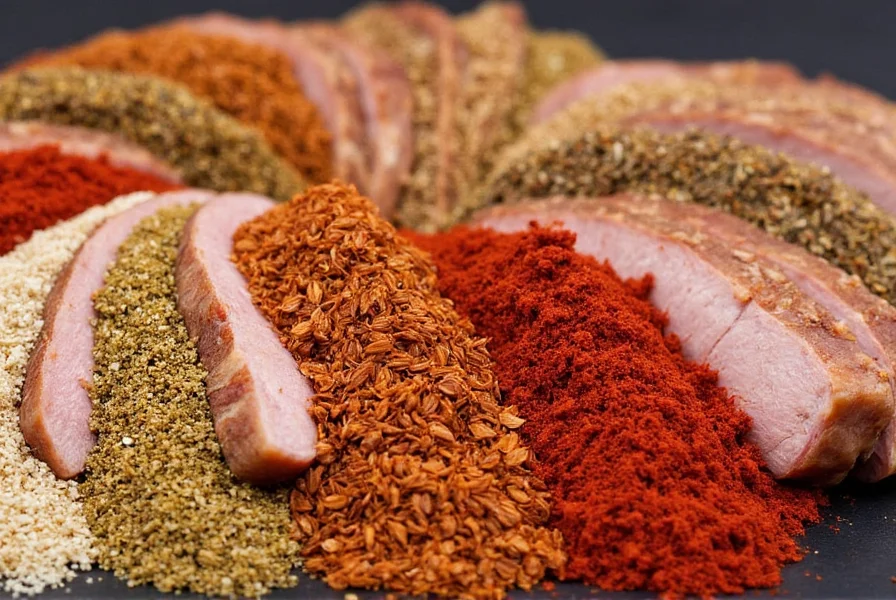
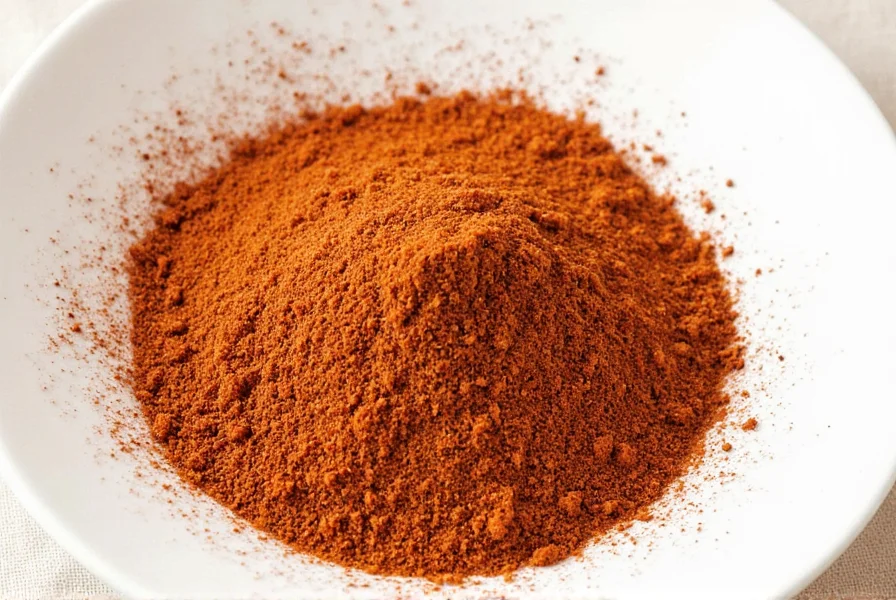
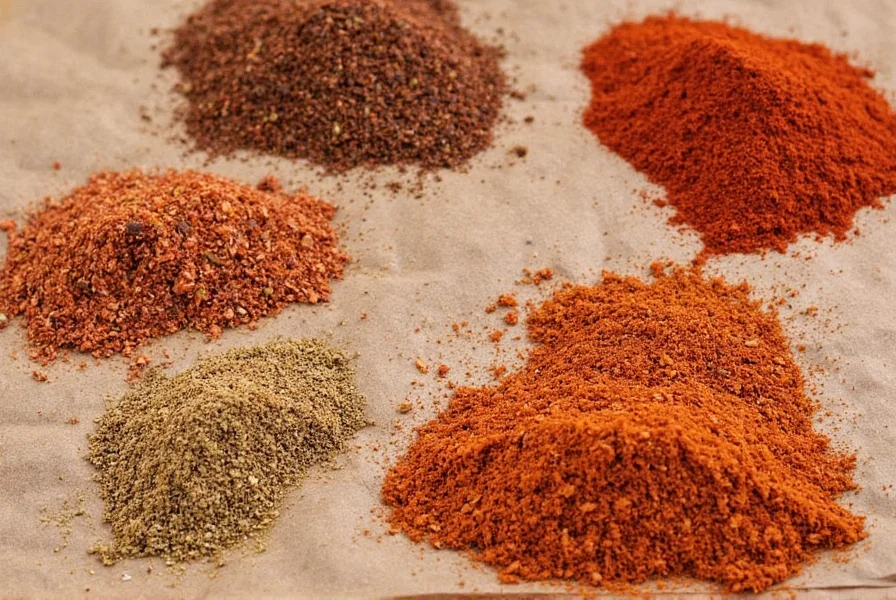
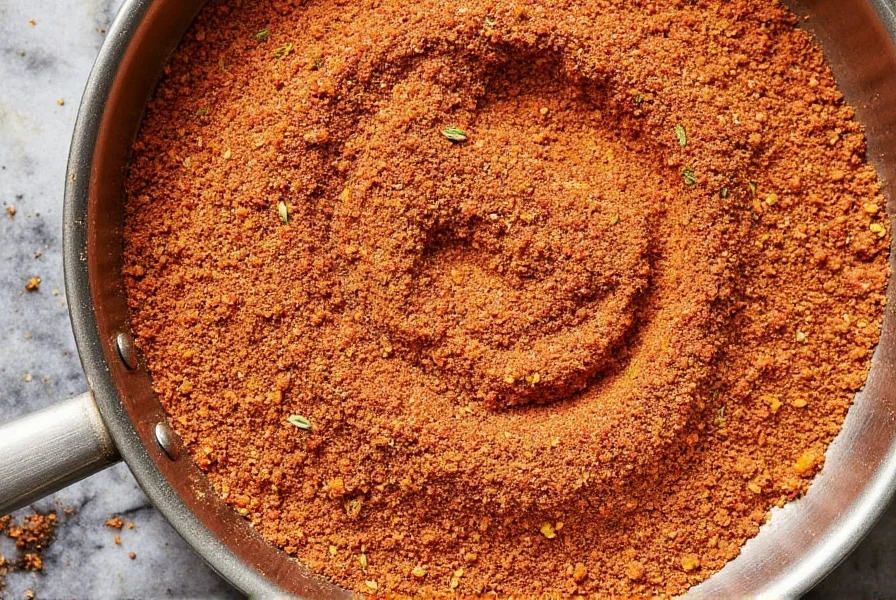
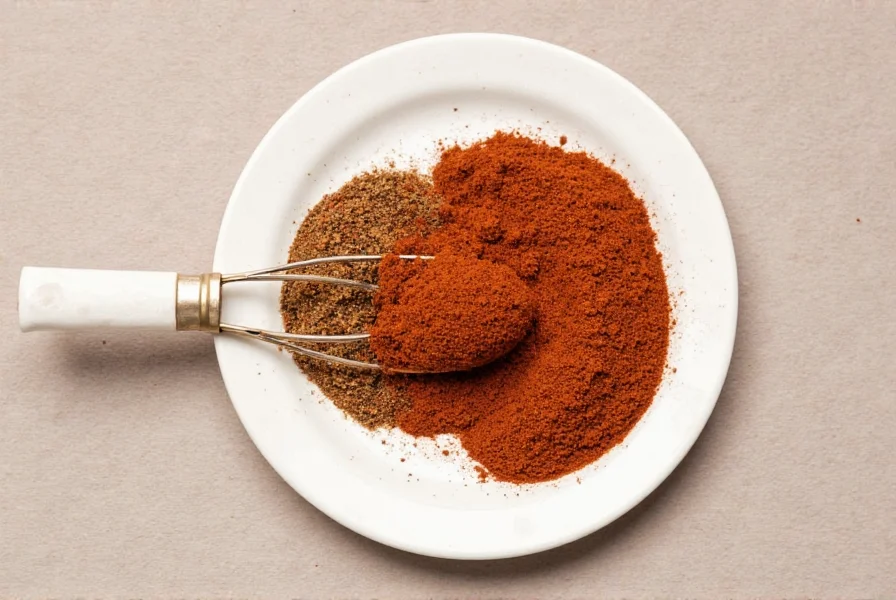
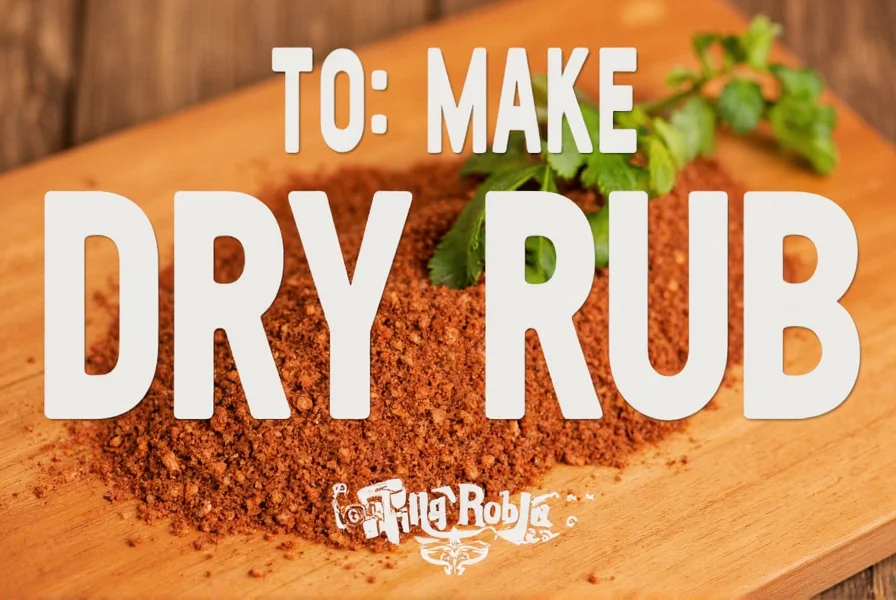
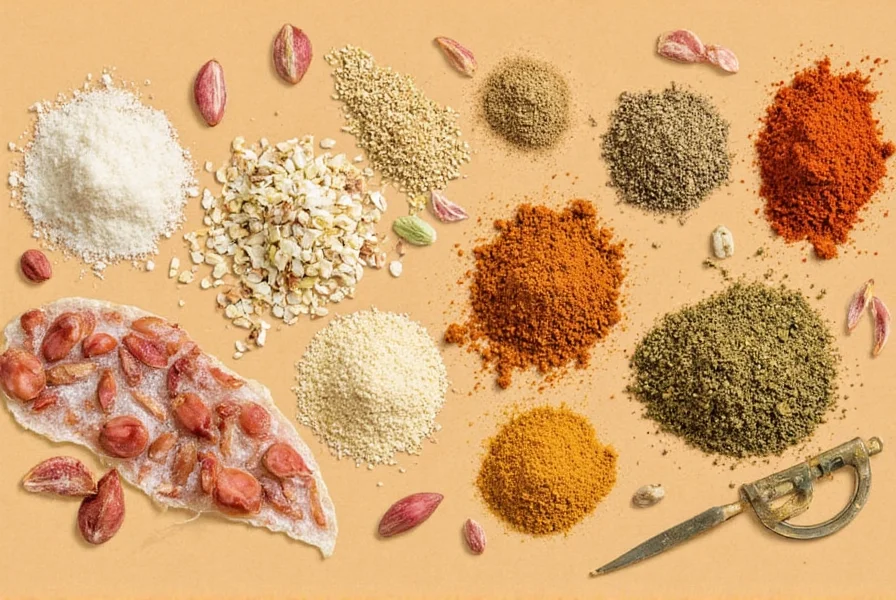

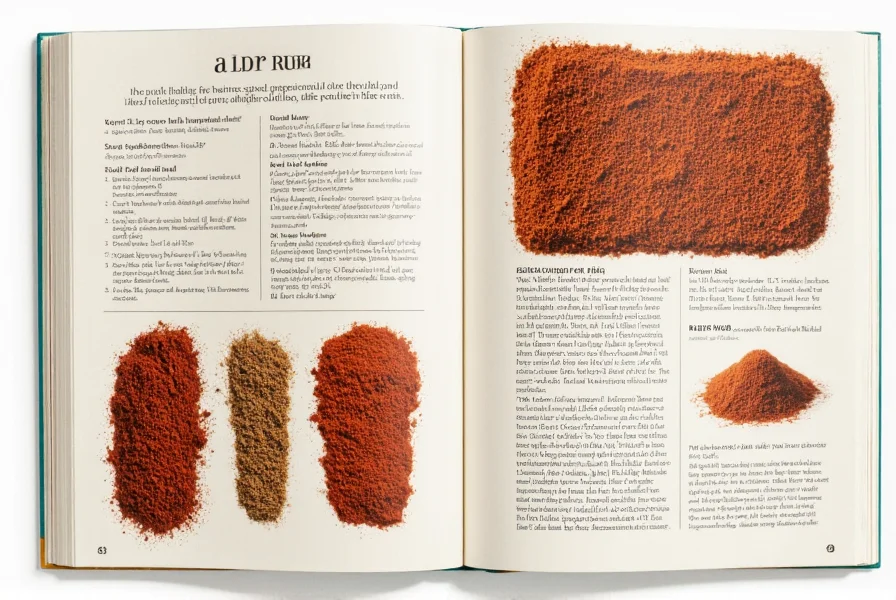









 浙公网安备
33010002000092号
浙公网安备
33010002000092号 浙B2-20120091-4
浙B2-20120091-4